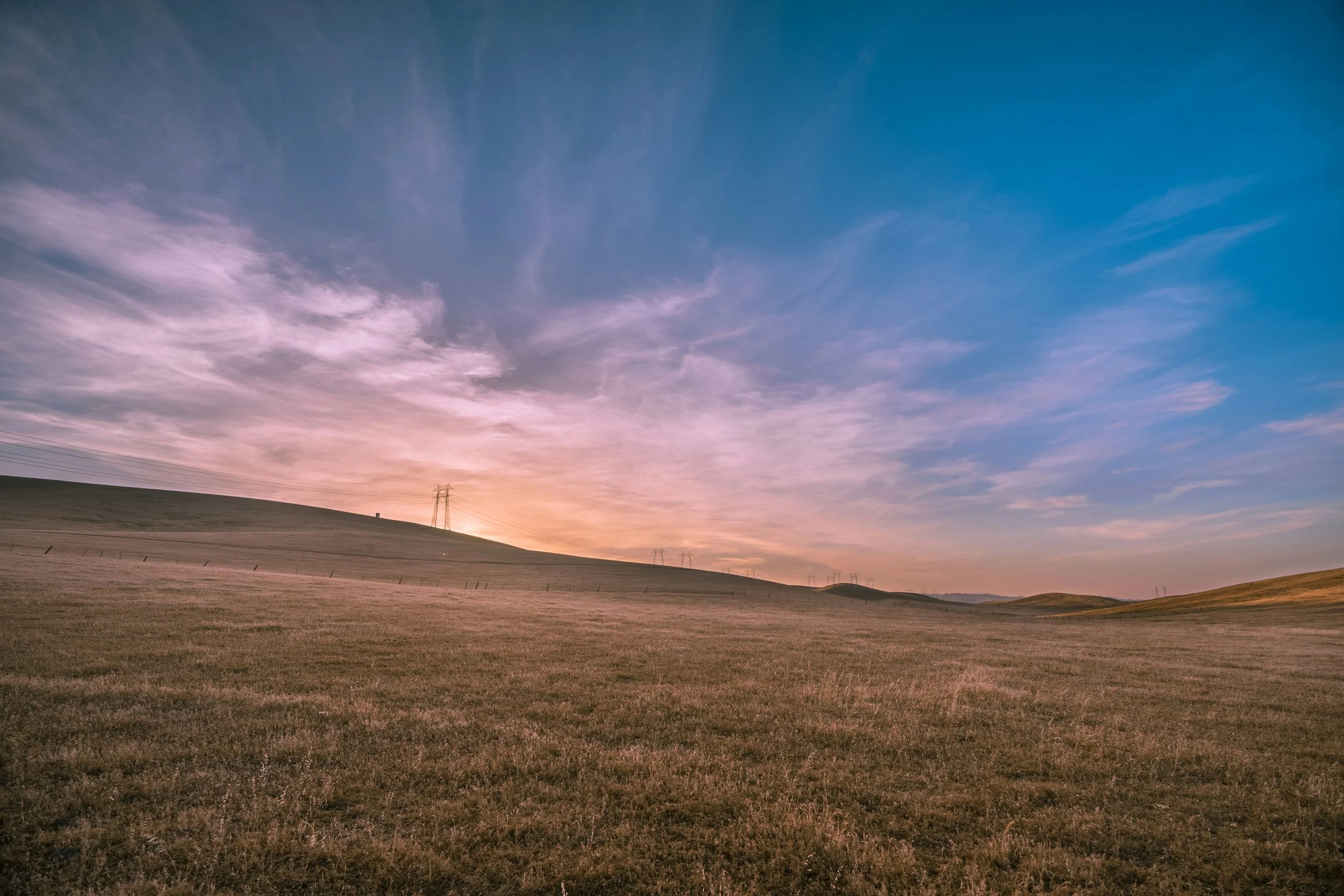The Prairie Liturgies: Plenty of Room for New Liturgies
Photo by Joseph Barrientos on Unsplash
This is the first article in a four part series from Meta about the beautiful and clumsy work of making art… and then trying to tell people about it. Find Meta’s website here, and Carol’s website here!
Two years ago, the good people of Shalom Hill Farm in Windom, Minnesota, asked me to co-create poems and liturgies with a composer named Carol Meier. Carol and I had never met and we both signed contracts trusting that the Spirit was up to something good. And she was.
Carol and I live and work in different parts of Minnesota, but we hopped on Zoom calls regularly and poured our hearts into a shared Google Folder. Each season, we met at Shalom Hill Farm to experience the prairie, her expansive views and bluster, the inspiration for everything we wrote together. We held baby lambs and walked the fields and ate good food and played with words and went out at night in search of owls and full moons.
Most of my creative writing is crafted in solitude and workshopped in community, so making art with another artist was a dynamic and holy privilege. We could tell each other the whole truth from the jump, no critique off limits. We each cared about what we wrote, but we cared even more about the third thing we were making together.
Sharing the poetry was easy. They are posted along the trails at Shalom Hill Farm, meditation stations that find you while you walk and pray. They’re also available at my website and free to use with written permission.
But the liturgies are different. These are whole services: original lyrics and hymns, harmonies and descants, instrumental and leader parts, thousands of notes and syllables meticulously chosen with love and inspired by our spiritual geography in the Upper Midwest.
Here’s a word about each setting:
Peace of the Prairie: A Liturgy for Here and Now
Shalom Hill Farm’s signature liturgy. This place-specific setting imagines worship participants coming into the space from the tasks and pressures of modern life, centers our spiritual connection to the prairie, and honors the invitation to be present here and now.
Shalom Daily Prayers
These prayers follow the liturgical structure of the Liturgy of the House and feature two canticles, Hannah and a new Magnificat. The ancient Phos Hilaron text, paraphrased here as “Light of All Splendor,” is set to the familiar tune “Be Thou My Vision” (SLANE).
Feast of Shalom: A Setting of Holy Communion
The contemporary texts of the Kyrie, Gloria and Sanctus offer fresh expressions of these ancient texts that include images of God inspired by three Abrahamic faith traditions. The Prairie Preface is filled with prairie and farming imagery.
The Way of the Manger: An Advent Liturgy
This liturgy is short and sweet (20 minutes), created for use with sheep and chickens in the Bethlehem Barn at Shalom Hill Farm. The liturgy includes an Advent candle lighting litany and original music as well as two new texts set to familiar carols. The rhythm of the reading and prayers reflect the trimesters of Mary’s pregnancy.
Learn more about The Prairie Liturgies and the live event in Minneapolis on Thursday, September 26 here.
I’m glad Shalom Hill Farm and the Holy Spirit teamed us up for the making of these liturgies, but also the labor of love that moves them into the world. Neither one of us could do it alone - and we can’t do it without you, either. It takes all of us to showcase the rhythms and pitches of our various spiritual geographies, so that we might overhear the Spirit singing through new songs and fresh visions.
While working with Carol, I’ve seen the challenges that gifted composers face in sharing their art with the wider church. Packaging, pricing, publishing, publicizing and then equipping musicians and communities to learn them is a lot of unpaid work and not for the faint of heart! It’s no wonder most original liturgies aren’t sung beyond their commissioned context…and that most congregations use a handful of familiar liturgies over and over again. But there is richness beyond our most beloved liturgies!
You probably know a church musician who composed original melodies and texts unique to their location in time and space. Perhaps you are part of a worship community shaped by original works of art. Most of these resources remain hyper local, but sometimes they catch fire and find voice with a much wider audience. When we actively seek out new art and practice curiosity for what is still being made, we find it everywhere!
So a word of thanks to all you makers out there. The process has its ups and downs, but the church is better because you are brave in your trying and sharing. I pray you have the support and encouragement you need to keep crafting beautiful things for God’s glory, because the whole church is better for it!
If you have an experience about making and sharing art, I’d love to hear about it.


